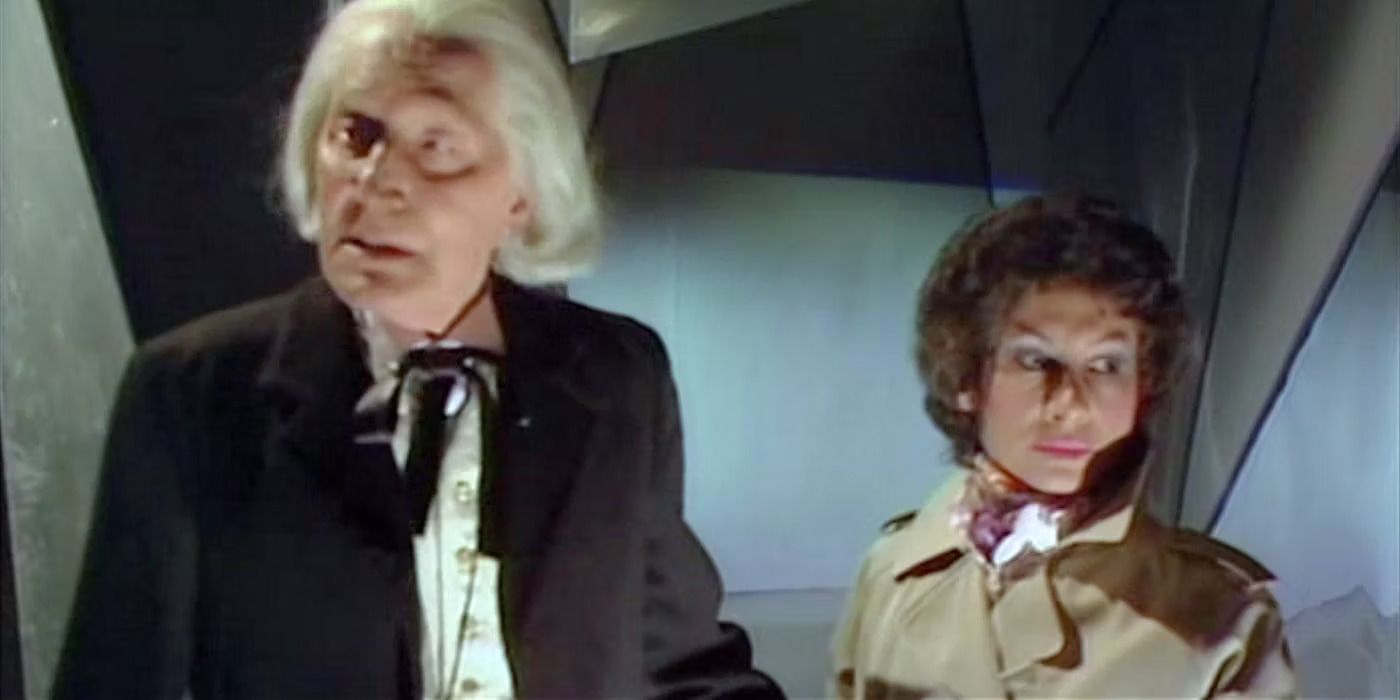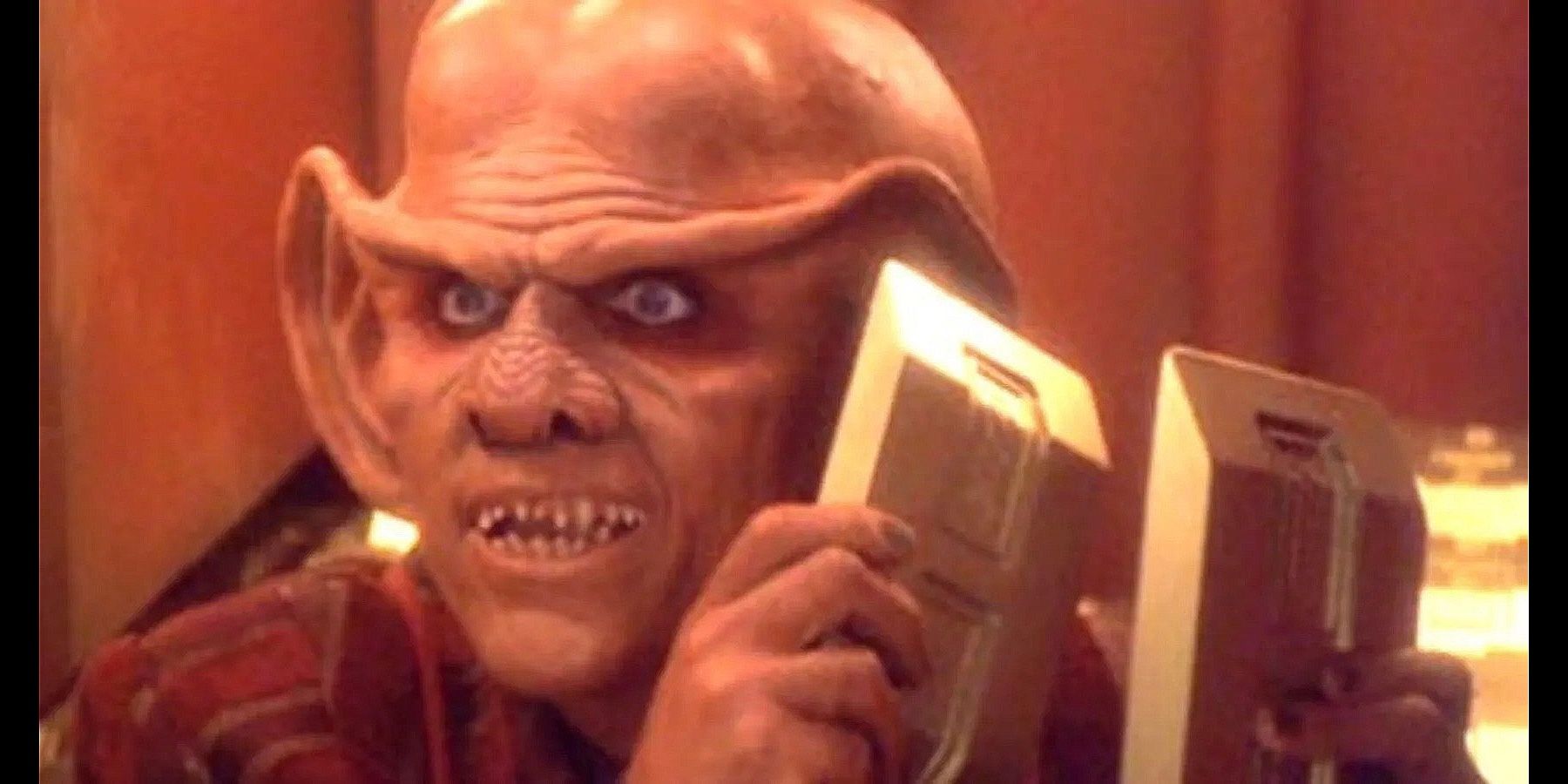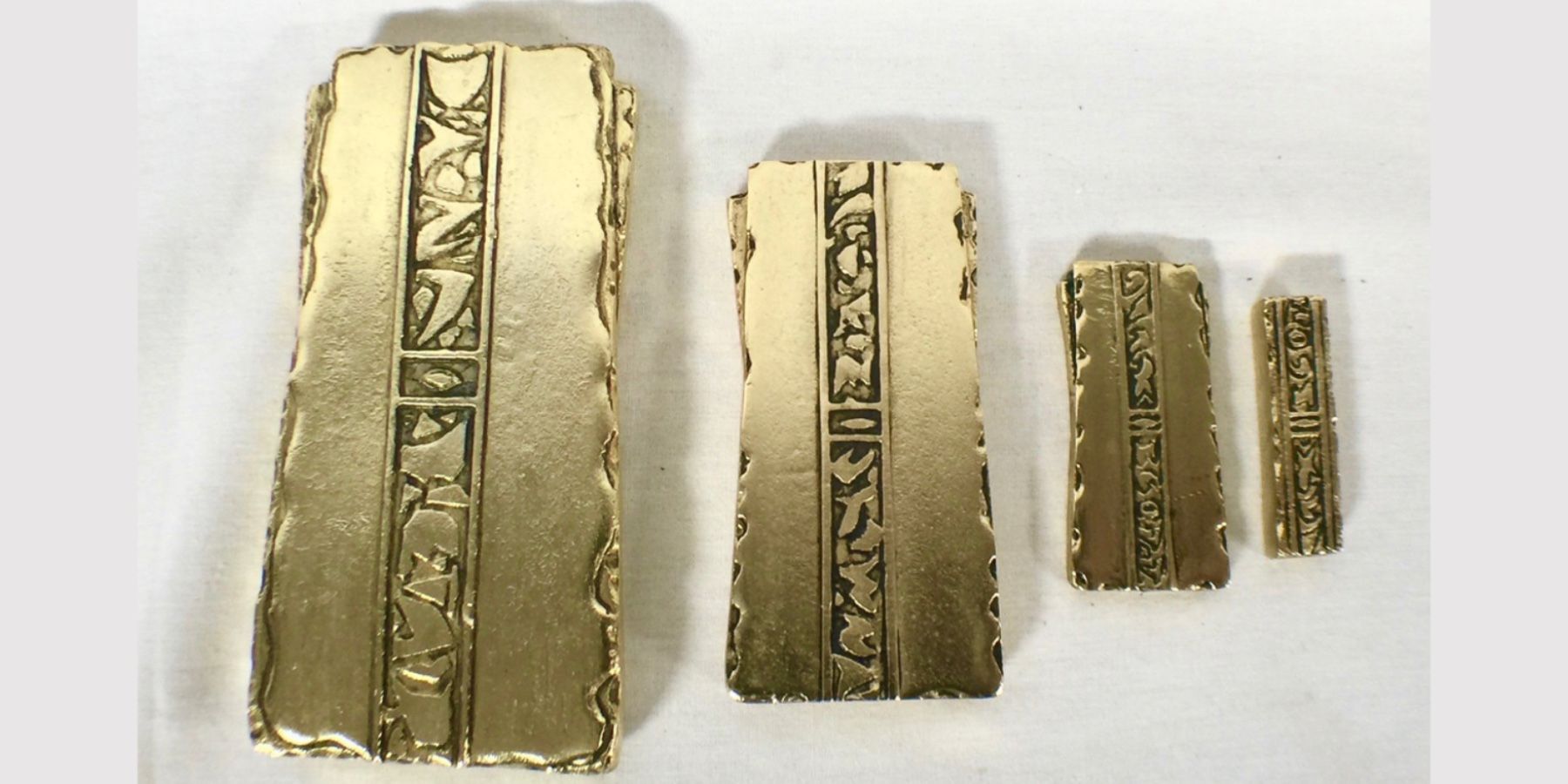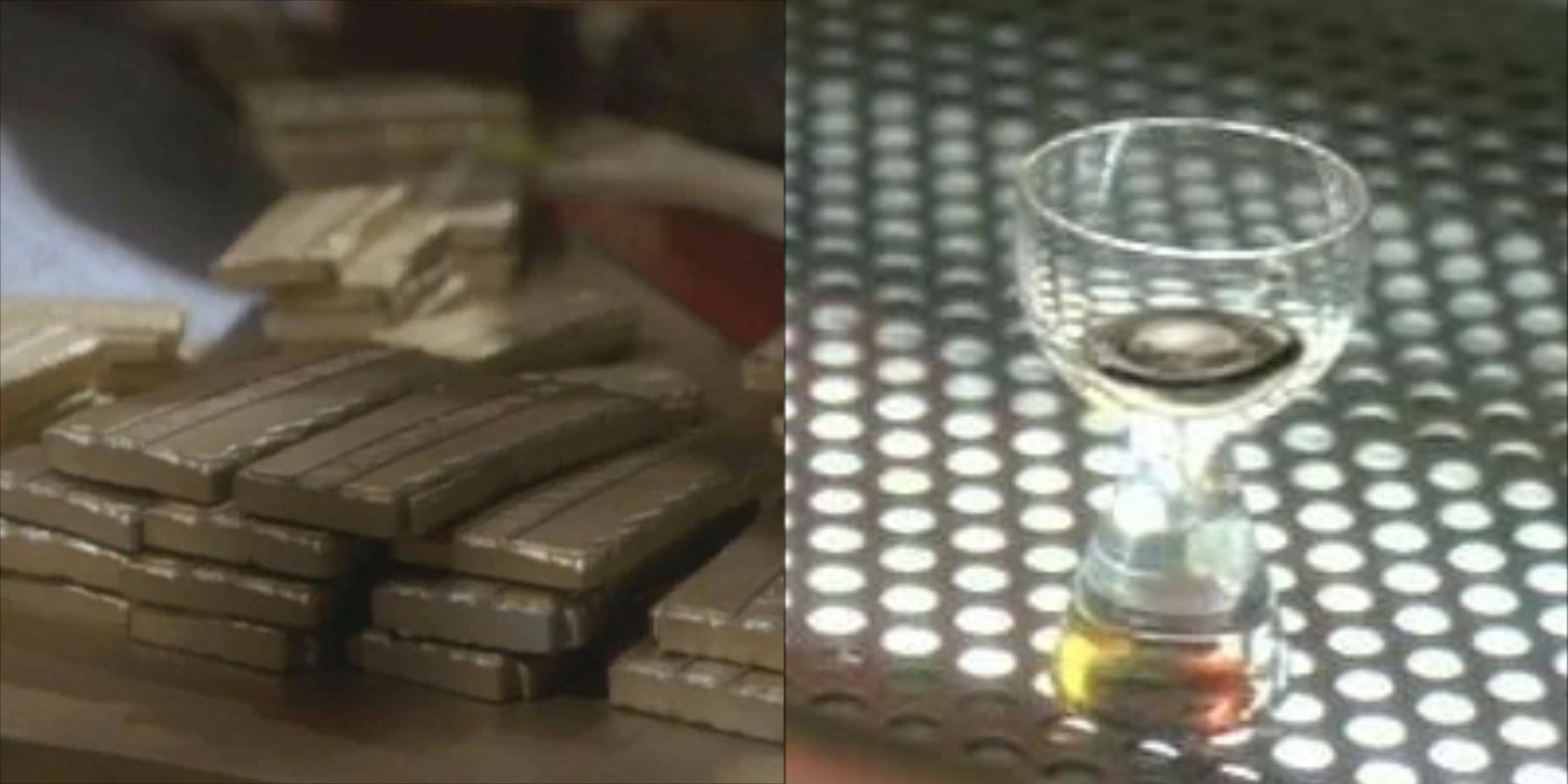Over what has been almost 60 years of Star Trek the franchise has added a plethora of world-filling details, from surprisingly intricate spaceship design rules to socio-political infrastructures for the various different races shown on and off-screen. Each new race brings with them an entire culture of artifacts, history, and politics. Among the concepts introduced with the different alien civilizations, one of the most interesting is the prize for any eagle-eyed Ferengi: Latinum. But what exactly is this alluring substance?
While Latinum is primarily associated with the Ferengi, they are not the only culture in the franchise to use it. It is frequently used as currency by the Cardassians. From time to time when situation dictates it, even the Federation, normally so opposed to the concept of money, will use Latinum in trade. In fact, it was the most common form of currency used within the Alpha Quadrant, far exceeding any earth metal or electronic currently used today. The currency was first introduced within the unexpectedly dark and gritty Deep Space 9 series, during the season one episode “Past Prologue,” and has been a staple of the franchise ever since.
Latinum may look to be a sci-fi simulation of bars of gold. However, the substance is actually most commonly found in a liquid state. While it can be frozen or mixed with other substances to solidify it, the most common way to store it is to suspend the liquid in gold or gold dust. These are the bars that frequently appear in Star Trek media, and this form is dubbed gold-pressed Latinum.
This was a smart move from the perspective of the writers. Choosing to portray the currency's appearance like bars of gold made modern-day audiences associate it with high value. The fact that gold was used to encase the much more precious material only added to the notion that this was an incredibly sought-after and costly material, literally more precious than gold. Latinum itself was found naturally in the galaxy. It was normally found in the form of mineable crystals found near pockets of various other, previously sought-after metals such as cobalt.
Latinum worked so well as currency throughout the majority of the Alpha Quadrant not only because it was an incredibly rare substance, but it was impossible to replicate (yet another example of the limitations of replicator technology). This relates to why things like gold and diamonds, both highly valuable in today's society, are no longer worth anything in the world of Star Trek. Because they can be replicated easily, they have been stripped of any value as a currency. Dilithium is another substance impossible (so far) to replicate, as its molecular structure is so complex no known replicator is able to recreate it artificially.
The in-universe reason for using gold to encase liquid Latinum is that gold is a non-reactive metal. As such, there were no worries that the gold would affect, dilute, or taint the Latinum within. To be used as an efficient currency, gold-pressed Latinum is often broken down into different sizes. The most commonly used forms are slips, strips, bars, and bricks, but it’s likely that some eccentric and incredibly wealthy Ferengi may also have entire swimming pools of the stuff.
It is suggested that one bar of gold-pressed Latinum (measuring approximately 0.5 x 2.5 x 5 inches) is worth twenty strips, and one strip (0.5 x 2.5 x 3.5 inches) is equal to 100 slips (2.5 x 0.75 x 1 inches). The worth of a brick is never specifically stated, but Quark notes that it is worth considerably more than a bar.
As with any fictitious substance, it's hard to get a real reading on how much Latinum is actually worth by today's standards of currency. It’s shown time and again to be highly desirable. The bars themselves hold such a small amount that even a small cup full of the pure stuff was worth a fortune. The writers did try and sprinkle in some comparable examples. The mysterious, and often nefarious Garek of Deep Space 9 sells his exquisitely tailored dresses for around 20 strips. A custom holosuite program from Quark costs one bar, and Quark himself pays his dabo girls fourteen strips per pay cycle (the Star date equivalent to per month).
While Latimum was often a secondary thought for most human/Starfleet characters, audiences do find out approximately how much the Ferengi main characters have stored away in their accounts. The numbers speak words for their varying successes in the world of acquisition. The lovable Nog has five bars, while his father Rom has 17 bars. Quark, unsurprisingly, has one hundred bricks and six hundred bars — a staggering amount even for a Ferengi money hoarder.






